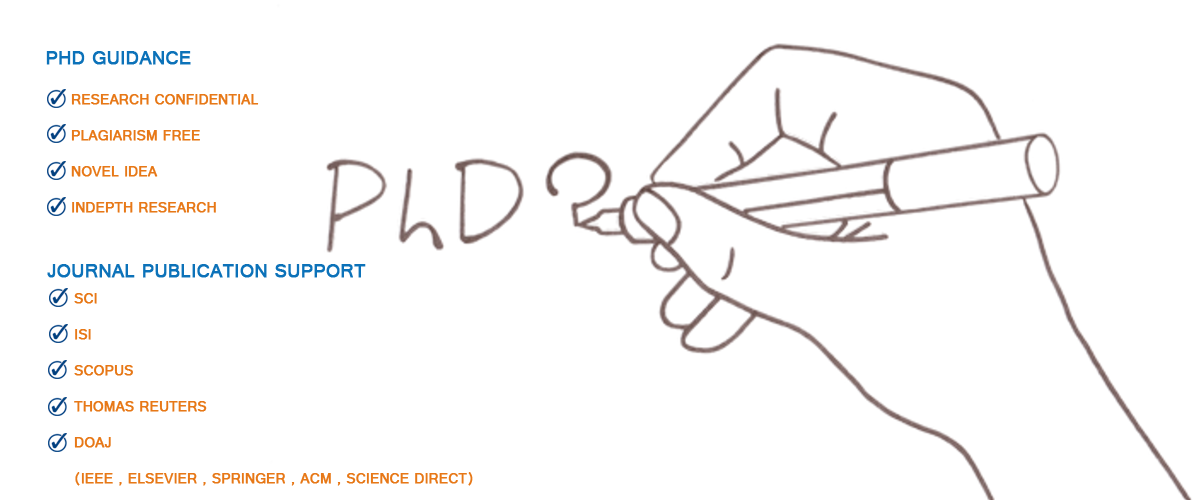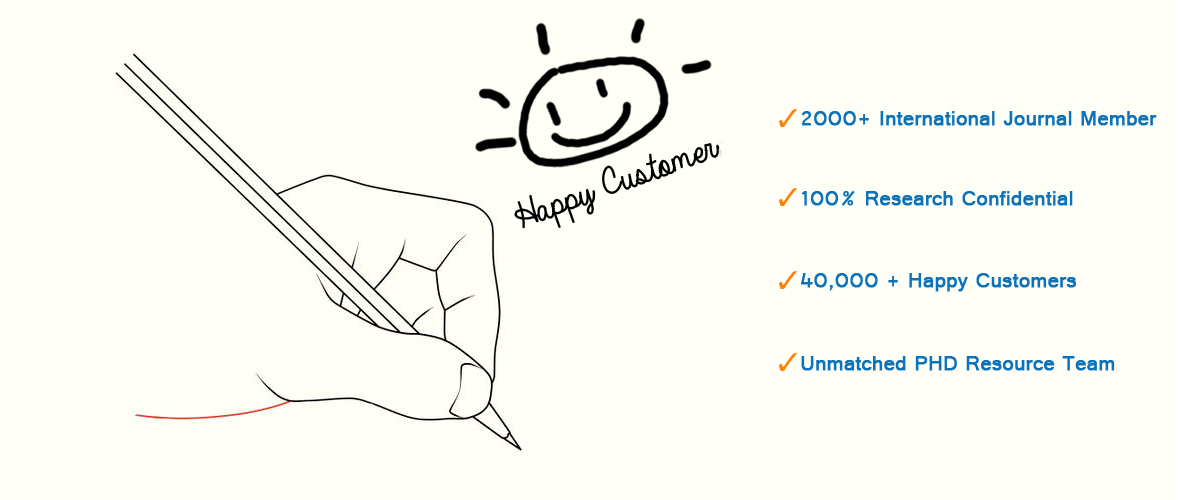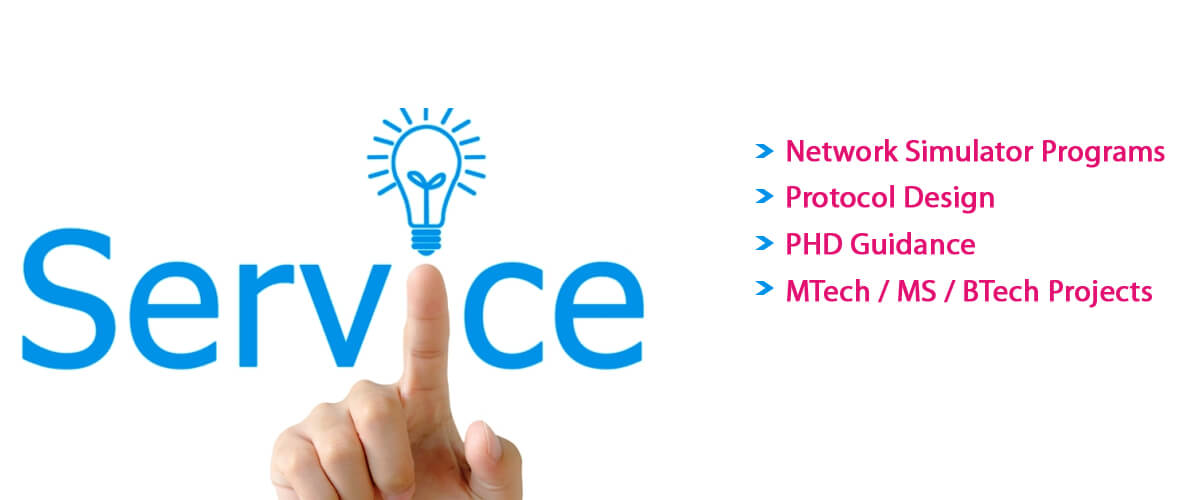How to Implement Quantum Communication in NS2
To implement quantum communication in Network Simulator 2 (NS2) has needs to follow several steps and it is difficult however it’s a fascinating task. While the ns2 is traditionally concentrated on classical communication networks that emulate quantum communication that needs to expand NS2’s functionality to design quantum principles like qubits, quantum entanglement, and quantum key distribution (QKD). The given below is the detailed approach to implement the quantum communication in NS2.
Step-by-Step Implementation:
- Understand Quantum Communication Concepts
Quantum communication that contains the transmission of quantum information using quantum bits (qubits). Some key concepts include:
- Qubits: The fundamental unit of quantum information that can exist in a superposition of states (both 0 and 1).
- Entanglement: A phenomenon in which two or more qubits become linked, and the state of one instantly impacts the state of the other, regardless of distance.
- Quantum Key Distribution (QKD): A method for secure communication that uses quantum mechanics to create and allocate the encryption keys.
- Quantum Teleportation: The transfer of quantum information among two distant locations using entanglement.
- Set up NS2 Environment
Make sure NS2 is installed and configured correctly on the machine. Download NS2 from the official NS2 website if necessary. After installation, validate that NS2 is running properly by executing a sample simulation.
- Design Quantum Communication Data Structures
We will need to expand NS2’s C++ code to signify quantum communication concepts like qubits, entanglement, and quantum channels. while NS2 is based on classical communication, quantum communication concepts will have to be emulated at a higher abstraction layer.
Example Qubit Class in C++:
class Qubit {
public:
double probabilityZero; // Probability of the qubit being in state |0⟩
double probabilityOne; // Probability of the qubit being in state |1⟩
bool entangled; // Whether the qubit is entangled with another qubit
Qubit(double pZero, double pOne) {
probabilityZero = pZero;
probabilityOne = pOne;
entangled = false;
}
// Simulate quantum measurement
int measure() {
double randomValue = (double)rand() / RAND_MAX;
if (randomValue <= probabilityZero) {
return 0; // Measured |0⟩
} else {
return 1; // Measured |1⟩
}
}
// Entangle this qubit with another qubit
void entangle(Qubit &otherQubit) {
this->entangled = true;
otherQubit.entangled = true;
}
};
- Define Quantum Channels
Quantum channels mimic the transmission of qubits among nodes. A quantum channel differs from classical channels as qubits are sensitive to noise, and they can’t be copied (no-cloning theorem). We will need to expand NS2 to design the quantum channels with properties like:
- Channel Fidelity: it denotes the quality of the quantum channel and the probability of errors during transmission.
- Noise Models: To mimic decoherence or errors during quantum state transmission.
Example Quantum Channel Class in C++:
class QuantumChannel {
public:
double fidelity; // Channel fidelity (probability of successful transmission)
QuantumChannel(double f) {
fidelity = f;
}
// Transmit a qubit across the channel
Qubit transmit(Qubit qubit) {
double randomValue = (double)rand() / RAND_MAX;
if (randomValue <= fidelity) {
return qubit; // Successful transmission
} else {
// Introduce noise in the qubit
double newProbabilityZero = 1 – qubit.probabilityZero;
double newProbabilityOne = 1 – qubit.probabilityOne;
return Qubit(newProbabilityZero, newProbabilityOne);
}
}
};
- Implement Quantum Key Distribution (QKD)
One of the key applications of quantum communication is QKD, like the BB84 protocol. QKD permits the secure key generation among two parties (Alice and Bob) using quantum properties. The basic steps in BB84 include:
- Transmission: Alice sends qubits (in random bases) to Bob over a quantum channel.
- Measurement: Bob measures the qubits in random bases.
- Key Sifting: Alice and Bob interact over a classical channel to discard measurements in which the bases do not fit.
- Error Correction and Privacy Amplification: They perform error correction and privacy amplification to make sure a secure key.
Example BB84 QKD Protocol in C++:
class BB84Protocol {
public:
std::vector<int> aliceKey; // Alice’s key
std::vector<int> bobKey; // Bob’s key
// Generate random bases for Alice
std::vector<int> generateBases(int keySize) {
std::vector<int> bases;
for (int i = 0; i < keySize; i++) {
bases.push_back(rand() % 2); // 0 or 1 representing two different bases
}
return bases;
}
// Alice sends qubits to Bob
std::vector<Qubit> aliceSend(int keySize) {
std::vector<Qubit> qubits;
for (int i = 0; i < keySize; i++) {
int bit = rand() % 2; // Random bit 0 or 1
aliceKey.push_back(bit);
// Create a qubit in |0⟩ or |1⟩ depending on Alice’s key
qubits.push_back(Qubit(bit == 0 ? 1.0 : 0.0, bit == 1 ? 1.0 : 0.0));
}
return qubits;
}
// Bob receives qubits and measures them
void bobReceive(std::vector<Qubit> qubits, std::vector<int> bobBases) {
for (int i = 0; i < qubits.size(); i++) {
int measurement = qubits[i].measure();
bobKey.push_back(measurement);
}
}
// Perform key sifting (classical communication)
std::vector<int> siftKeys(std::vector<int> aliceBases, std::vector<int> bobBases) {
std::vector<int> finalKey;
for (int i = 0; i < aliceBases.size(); i++) {
if (aliceBases[i] == bobBases[i]) {
finalKey.push_back(aliceKey[i]); // Keep only matching bases
}
}
return finalKey;
}
};
- Integrate Quantum Communication in NS2 Network Nodes
In NS2, nodes signify devices such as routers or computers. We will need to expand the nodes to manage quantum communication (sending qubits over quantum channels and interacting with quantum protocols).
Example Quantum Node Class:
class QuantumNode {
public:
int nodeId;
BB84Protocol qkdProtocol; // Instance of the BB84 protocol for QKD
QuantumChannel quantumChannel; // Quantum channel for communication
QuantumNode(int id, QuantumChannel channel) : quantumChannel(channel) {
nodeId = id;
}
// Alice initiates QKD
void aliceInitiateQKD(int keySize) {
std::vector<Qubit> qubits = qkdProtocol.aliceSend(keySize);
// Send qubits over the quantum channel
for (Qubit &qubit : qubits) {
quantumChannel.transmit(qubit);
}
}
// Bob receives qubits and measures them
void bobReceiveQKD(std::vector<Qubit> qubits, std::vector<int> bobBases) {
qkdProtocol.bobReceive(qubits, bobBases);
}
};
- Write OTcl Script for Simulation
The OTcl script describes the network, simulation scenario, and communication among nodes. We will expand the script to start quantum communication among nodes using the quantum classes that defined in C++.
Example OTcl Script:
# Create a Simulator object
set ns [new Simulator]
set nf [open out.nam w]
$ns namtrace-all $nf
# Create nodes for Alice and Bob
set alice [$ns node]
set bob [$ns node]
# Define a classical communication link between Alice and Bob
$ns duplex-link $alice $bob 1Mb 10ms DropTail
# Initiate QKD between Alice and Bob over a quantum channel
$ns at 1.0 “aliceInitiateQKD 128”
$ns at 2.0 “bobReceiveQKD”
# End simulation
$ns at 10.0 “finish”
proc finish {} {
global ns nf
$ns flush-trace
close $nf
exit 0
}
$ns run
- Run the Simulation
After configuring the C++ code and OTcl script, execute the simulation by mimic the following command:
ns your_script.tcl
- Analyze the Results
Investigate the trace files created by NS2 to evaluate on how quantum communication is simulated. Specifically, we can observe on how qubits are transferred and how the QKD protocol performs such as key generation and transmission success.
- Further Enhancements
We can enhance the implementation by:
- Simulating Quantum Noise: Establish decoherence or environmental noise to design realistic quantum channels.
- Advanced Quantum Protocols: To execute other quantum protocols, like quantum teleportation or entanglement swapping.
- Network-wide Quantum Communication: To mimic quantum networks that contain multiple nodes and more complex topologies.
We had successfully implemented and executed the quantum communication in ns2 tool and also we deliver the more information regarding the quantum communication performance in other simulation tool. If you’re unsure about how to do it, just give us a shout. We’re here to help you out with brief explanation.







